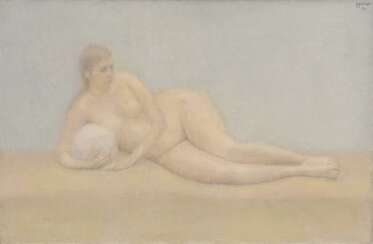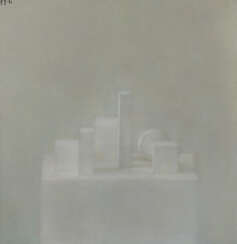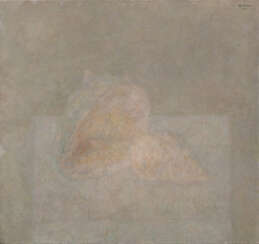владимир григорьевич вейсберг (1924 - 1985)
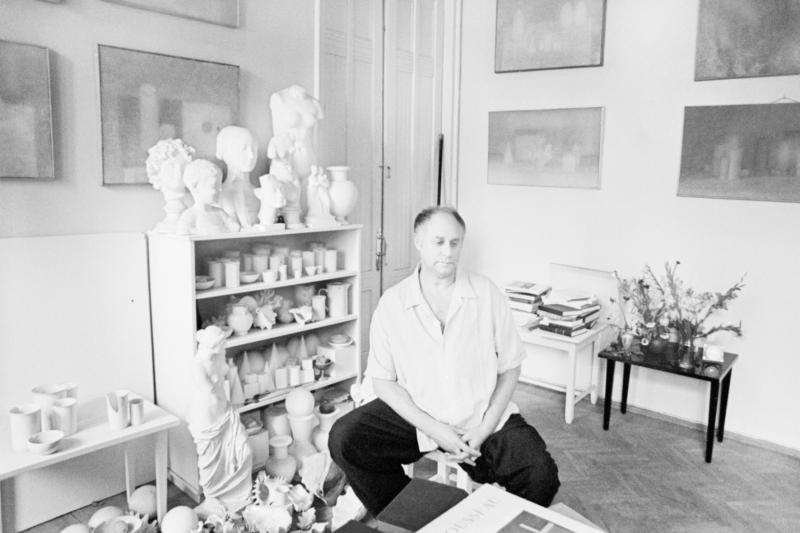
Vladimir Grigorievich Veisberg (Russian: Владимир Григорьевич Вейсберг) was a mid-twentieth-century Soviet artist of Jewish origin. He is known as a painter, teacher, and art theorist, considered a representative of "unofficial art".
Vladimir Veisberg began his career in the 1940s and quickly developed a unique style, creating still lifes and psychological portraits. In the 1960s he moved on to working with plaster geometric figures, creating a variety of compositions. Later he painted portraits, combining the model's vision with subjective experience. He also developed a deep interest in philosophy, literature, art and music, which influenced his own theory of painting, known as "white on white" and "invisible painting".
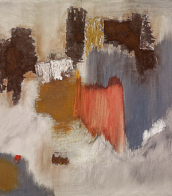

Vladimir Grigorievich Veisberg (Russian: Владимир Григорьевич Вейсберг) was a mid-twentieth-century Soviet artist of Jewish origin. He is known as a painter, teacher, and art theorist, considered a representative of "unofficial art".
Vladimir Veisberg began his career in the 1940s and quickly developed a unique style, creating still lifes and psychological portraits. In the 1960s he moved on to working with plaster geometric figures, creating a variety of compositions. Later he painted portraits, combining the model's vision with subjective experience. He also developed a deep interest in philosophy, literature, art and music, which influenced his own theory of painting, known as "white on white" and "invisible painting".
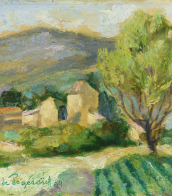

Vladimir Grigorievich Veisberg (Russian: Владимир Григорьевич Вейсберг) was a mid-twentieth-century Soviet artist of Jewish origin. He is known as a painter, teacher, and art theorist, considered a representative of "unofficial art".
Vladimir Veisberg began his career in the 1940s and quickly developed a unique style, creating still lifes and psychological portraits. In the 1960s he moved on to working with plaster geometric figures, creating a variety of compositions. Later he painted portraits, combining the model's vision with subjective experience. He also developed a deep interest in philosophy, literature, art and music, which influenced his own theory of painting, known as "white on white" and "invisible painting".
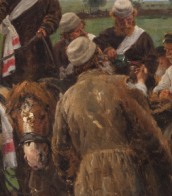

Vladimir Grigorievich Veisberg (Russian: Владимир Григорьевич Вейсберг) was a mid-twentieth-century Soviet artist of Jewish origin. He is known as a painter, teacher, and art theorist, considered a representative of "unofficial art".
Vladimir Veisberg began his career in the 1940s and quickly developed a unique style, creating still lifes and psychological portraits. In the 1960s he moved on to working with plaster geometric figures, creating a variety of compositions. Later he painted portraits, combining the model's vision with subjective experience. He also developed a deep interest in philosophy, literature, art and music, which influenced his own theory of painting, known as "white on white" and "invisible painting".

